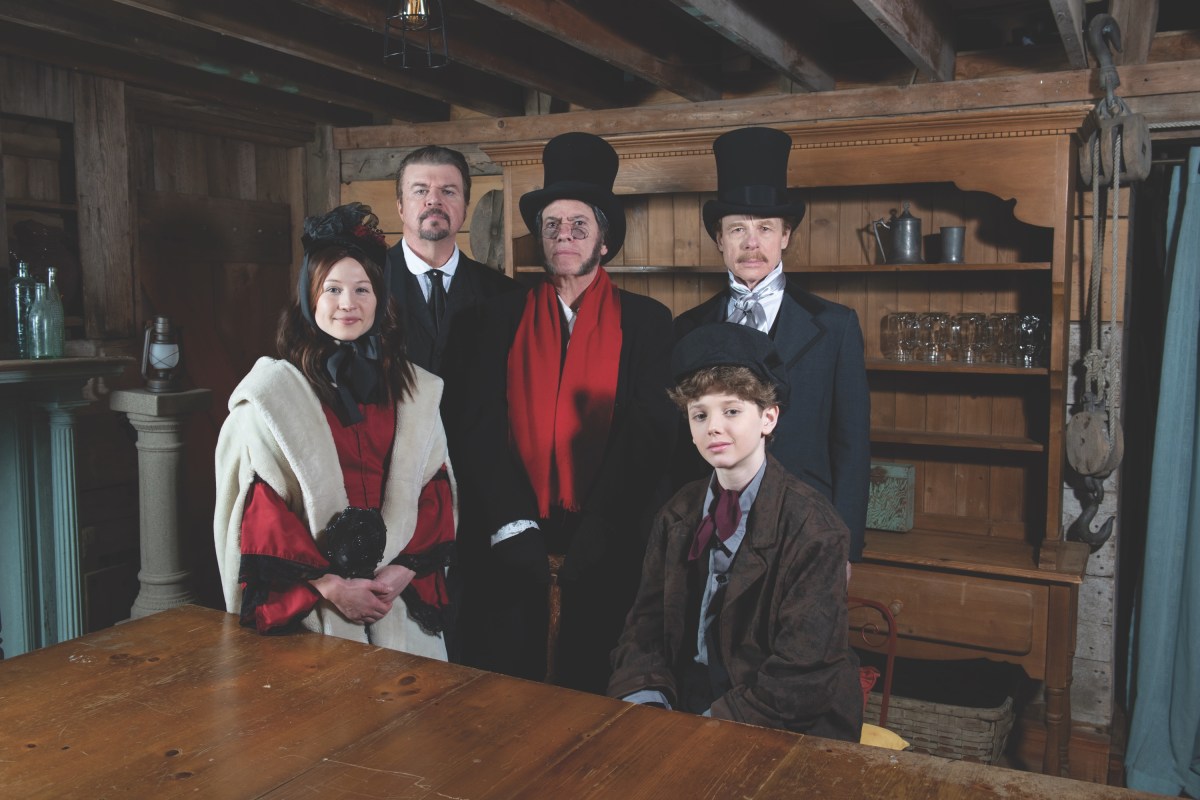Church Recognized by LI Interfaith Environment Network
The Sustainability Institute at Molloy College recently issued a report on the results from a project it is coordinating through a group called Long Island Interfaith Environment Network.
The report called: “Greening the Faith — A Long Island Environmental Stewardship Report,” showcases progress made at local places of worship in reducing their environmental footprint. One of the places of worship highlighted in the report is Good Shepherd Lutheran Church and School in Plainview.
They conducted an energy audit through LIPA and are in the process of updating the lighting, windows, heating and cooling systems. The church has also established a goal of 50 – 75 percent reduction in energy use and has so far achieved a 25 percent reduction, as of the end of the 2008 calendar year, representing a savings of about $18,000 in energy costs.
According to information supplied by Odd Sangesland, a member of the Property and Grounds committee, “The Good Shepherd energy management program has shown great progress in reducing the gas, oil and electric consumption.”
The report also stated that Good Shepherd “spent under $20,000 for a combination of contractual work and material. Additional similar value was provided with free labor and we have already recovered all cost in energy savings with over 30 percent return on the investment. Savings will continue from now on.”
Good Shepherd Lutheran is also focusing on recycling bottles, cans and paper.
The report was released on May 14, at the Third Annual Conference of the Long Island Interfaith Environment Network (LIIEN), which was hosted at the Molloy College Suffolk Center, Republic Airport, in Farmingdale. The event featured speakers talking about energy efficiency and reducing toxins. Featured speakers were efficiency experts from the Long Island Power Authority (LIPA) and National Grid, and a panel consisting of representatives of different faiths working to reduce utility bills by implementing efficiency renovations who shared the lessons they have learned from their efforts. Topics also covered included organic lawn care and “green” cleaners. Financial incentives available for places of worship to become more energy efficient were a central focus of the discussions, with the theme “be green to save green.”
“The level of interest from places of worship located across Long Island in doing their part for the earth is inspiring,” said Beth Fiteni of the Sustainability Institute at Molloy College, and co-chair of LIIEN. Over 130 people of faith attended this year’s conference.
“One reason we started the Long Island Interfaith Environment Network a few years ago was because saving energy helps houses of worship to thrive,” said Rev. Tom Goodhue, executive director of the Long Island Council of Churches. “People are more likely to support your congregation in good times and bad times if they know that you are using their gifts wisely — and caring for the earth.”
The event also featured alternative energy and energy efficiency vendors who can help address the challenging energy demands of the faith community, and other companies who can assist places of worship to reduce their environmental footprint.































